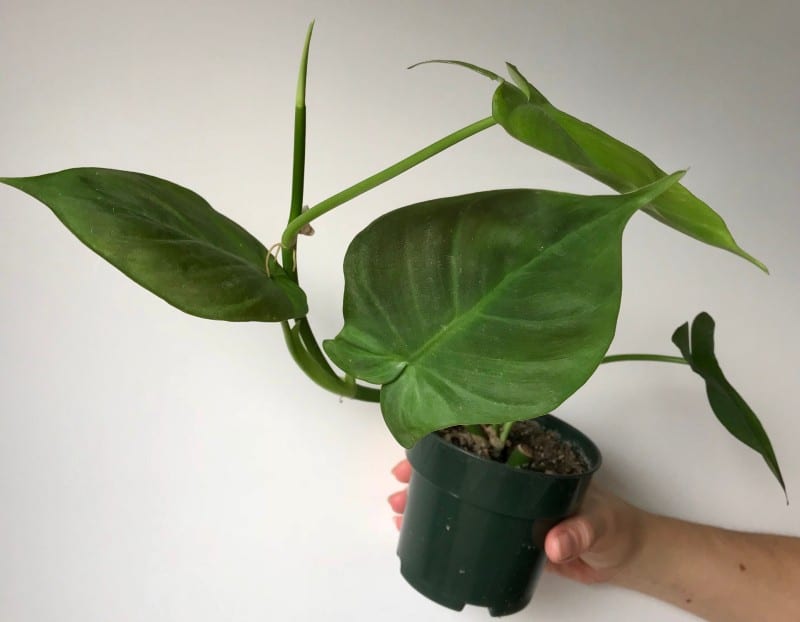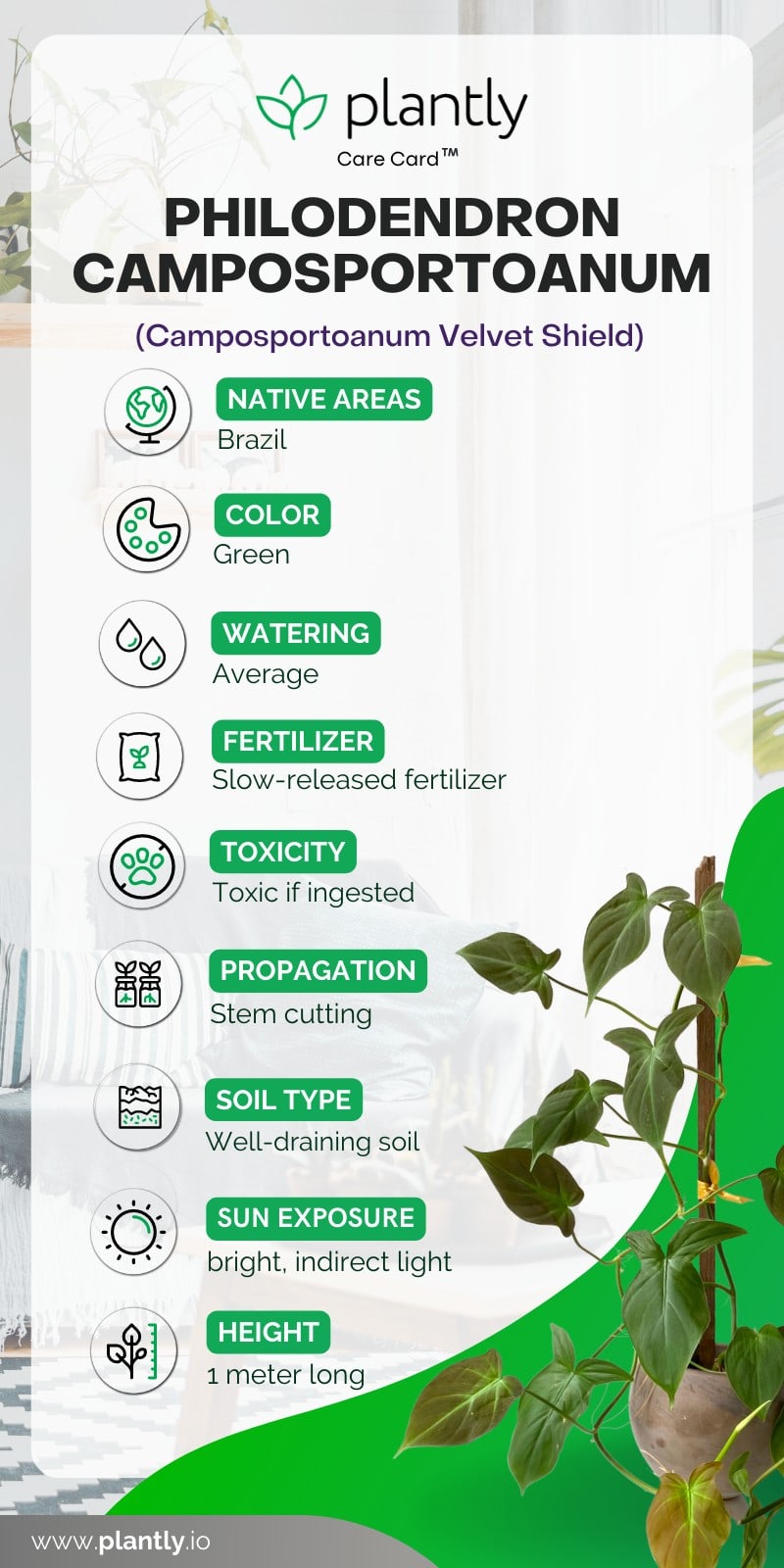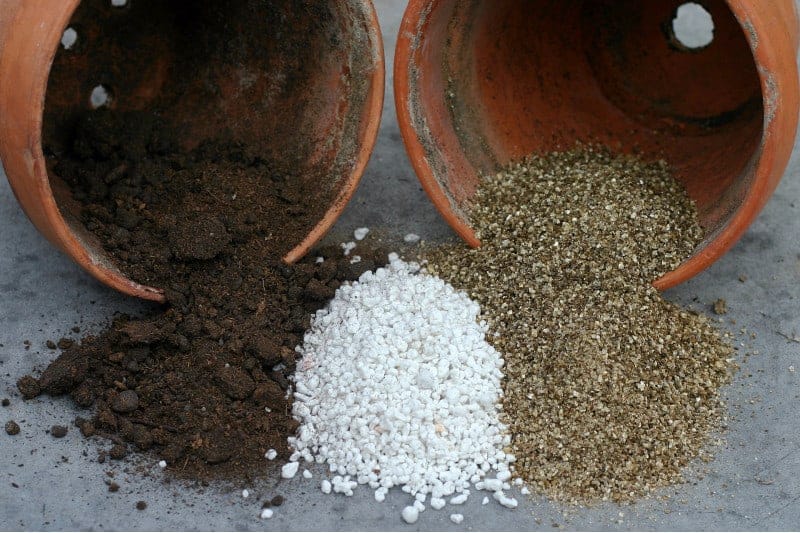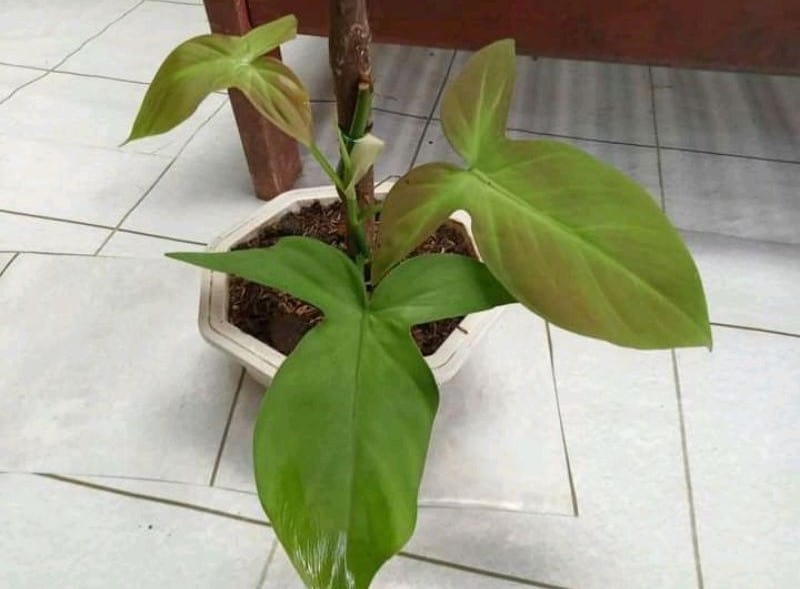No products in the cart.
Table of Contents
Do you want to turn your botanical garden into a tropical-jungle look? Well, this Philodendron Camposportoanum plant, my friend, is the perfect help for your mission! This Philodendron plant grows to be relatively tiny. It possesses some genuinely exceptional abilities.
The Camposportoanum is a species of herb in the family Araceae that is native to South America ( Brazil, Colombia, Venezuela ) They grow mostly in the beds of rainforests of tropical areas.
Their new leaves are orange-blush when they emerge, while juvenile leaves have dark, velvety small leaves. The leaves change radically as it climbs, forming a heart shape with long dramatic back lobes. As the plant grows more prominent, it begins to resemble a philodendron with trilobed leaves.
This plant can have up to three different leaf shapes at any given moment. It looks magnificent as an indoor plant for your collection, right? And I know you immediately want to have this as your new plant!
Well, learn first how to efficiently take care of this beauty, and at the end of this article, we’ll tell you where to ideally buy this tropical plant. Read more below to find it out!
Philodendron Camposportoanum Plant Care Basics

But before that, take a look at the plant’s overview. We promised it can be a great help!

Now that you are already familiar with this kind of Philodendron plant, let us now move on to the most essential part! Below are the vital tips for growing tropical plants like this Philodendron Camposportoanum. Enjoy reading!!
Recommended Potting mix

The ideal soil requirements for these Philodendron plants are loose, humus-rich, and porous potting soil mixes that are well-drained. These soils allow not just for excess water to drain but also for ample oxygen to reach the roots. They also require slightly acidic soil with a pH level between about five and seven.
If you want to mix your own potting soil, here are the most critical ingredients to achieve it:
- peat moss sphagnum
- perlite
- vermiculate
- sand
- bark shredded
- lime
Pro tip: Acidity is high in Sphagnum peat moss. Lime will lower the acidity of your Philodendron’s soil back down to a more neutral zone.
Lighting Requirement
These rare plants thrive best in a bright, indirect light location. However, when it comes to sunshine and your plant, you must exercise extreme caution. The leaves might be damaged by direct sunlight.
But! You can avoid the direct sun while still getting plenty of light. In the north or east-facing window, you may place the Philodendron camposportoanum plant.
Note: These Philodendron species can grow well in a shady location as long as it gets enough sunlight during the daytime.
Watering Needs
The watering needs of these beautiful plants are moderate. Philodendrons might water at least once a week or whenever the soil feels dry to touch. Keep an eye on how much your Philodendron plant is drinking and adjust accordingly depending on whether you notice yellowing leaves or not.
If you are growing philodendron plants indoors, then remember that they need more water than those grown outdoors.
Pro tip: Do not overwater Philodendron because too much water will rot roots, causing root death and even leaf loss. This happens when new growth begins to show signs of stress due to a lack of sufficient nutrients caused by over-watering leading to nutrient lockout (a process where dissolved solids in hydroponic solutions block nutrients by roots).
Temperature & Humidity
The ideal temperature range for most plants is 65-85 degrees Fahrenheit (18 to 29 degrees Celsius). You should not allow the room temperature to fall below 55 degrees Fahrenheit (13 degrees Celsius) at night, especially during the winter. Allowing frost to grow on the leaves of your Philodendron camposportoanum is not a good idea!
So, keep an eye out for temperature dips at night and adjust your thermostat accordingly.
The Philodendron camposportoanum is a tropical plant that thrives in humid conditions. Low humidity will not hurt the plant, but intense humidity will work wonders on the leaves, keeping them extra glossy and green. To meet your plant’s tropical needs, you may mist it frequently.

By putting your plant in a pebble tray, you can control the humidity level in your home. The enhanced evaporation rate will give the plant the required humidity. You can also install a humidifier inside your walls on dry days if you live in a warmer climate.
Necessary Fertilizer
Your Philodendron camposportoanum will sprout fast and attractively with a bit of help from a trustworthy fertilizer. During the warmer months, you’ll need to fertilize your plant once a month while it’s growing. You may use a slow-release fertilizer is used on a Philodendron camposportoanum plant.
Fertilizing can be reduced in the winter because the soil retains it longer.
Pro tip: Make sure your fertilizer doesn’t have a high nutrient concentration; otherwise, your plant will burn. Nitrogen is required for fertilizer to bloom into a brilliant green shade.
Propagation
Ready to propagate these Philodendron species most easily? Here, we will tell you the step-by-step process to propagate and ensure the plant develops beautifully. The easiest way to do this is through stem cuttings. And you can do this during the early spring.
Here’s how:
- Before you start, make sure you have a good knife or shear and clean and sterilized.
- Choose a stem cutting that is at least three inches long and below a leaf node. Use the sterilized tool to make the cut.
- Allow the stem cutting to cure for up to a week in a warm environment. Fixing the stem will heal the cut region and make the rooting process go more smoothly.
- Fill a pot with two inches of potting soil and your stem cutting. Check for drainage holes in the plant pot and that the planted stem cutting can stand on its own.
- Take care of the cutting as you would the original plant, and you’ll have a new one in no time.
Growth Zone

The Philodendron camposportoanum plant is hardy in USDA Growing Zones 11-12. You may have them as an indoor or outdoor plant.
Potting and Pruning
You can use plastic pots, clay, or ceramic pots with a drainage hole to prevent root rot. The size of the pot should be large enough so that you can grow roots without any problem but not too big as it will weaken the plant growth rate. If using small-sized containers, the watering frequency must increase up to twice a day in the summer season.

Pruning is necessary only if the plant becomes too large. If you prune the Philodendron camposportoanum, it will encourage new leaves and growth to come up from the base of your philodendron. You may prune these philodendrons in spring or summer by cutting an inch from above a leaf node on mature stems.
The nodes are slightly raised bumps that can be found where each stem attaches to a more giant branch or leaf. They should appear as small lines going around the circumference of your plant’s stem.
Philodendron Camposportoanum Varieties and Similar Plants
Many philodendron varieties include philodendrons with heart-shaped leaves, philodendrons with arrowhead-shaped leaves, and philodendrons with kidney-shaped leaves. Each type has its own particular features, from coloration to shape.
So it can be challenging to choose just one type when adding this easy-care houseplant to your home decor. And we will provide some of those beauties!
Here they are:
- Philodendron lazorii
The small, heart-shaped leaves have a dull luster, especially when young. The primary stem is thick and textured in a rough manner. The leaves are usually between 3 and 6 inches long and wide.
Philodendron Mamei is a beautiful tropical perennial creeping plant that grows as ground cover and occasionally creeps up trees due to its epiphytic nature. It has large green heart-shaped leaves with silvery dust patterns on them that look like they’ve been rubbed with fingers. As a result, it was given the name “Silver Cloud.”
- Philodendron andreanum
“Black Gold” is a dark velvet plant with elongated heart-shaped leaves, a beautiful coppery gloss, and delicate ivory veins. Because of the colors of the leaves, this is the case. It grows pretty large, so you’ll need plenty of room to grow it inside.
Philodendron Camposportoanum Plant Diseases & Pests
This attractive plant is not susceptible to illness, although it is susceptible to pests. The true challenge is figuring out how to get rid of them before they kill your plant. Two frequent pests that affect a Philodendron camposportoanum are spider mites and mealybugs.
Spider mites are spider-like insects that eat the sap from the stem and cause it to rot. The sap is the plant’s liquid, which carries vital nutrients and minerals. Your plant will not grow properly if spider mites consume the majority of it.
To get rid of these mites, mist your plant frequently, as spritzing will wash them away.
Mealybugs are another insect that attacks these plants. These bugs also feed on the sap from the stem and roots, causing the plant’s growth. It’s very simple to get rid of these pests. Simply spritz your plant with a solution of neem oil and water.
That’s all there is to it; your plant is now free of sucking bugs.
As for diseases, they are not common, but too much water can cause fungal problems. It is also vital to ensure that the Philodendron camposportoanum has plenty of drainage holes at the bottom of the pot. Philodendrons do not like “wet feet” and will rot if they are left in a saucer filled with water for long periods.
Frequently Asked Questions
Philodendron camposportoanum is a rare plant with several distinguishing characteristics, but aside from its attractiveness.
This plant is most obviously a crawler! This is primarily owing to the plant’s reduced size. Outward-extending leaves and vines are far more common than upward-extending leaves and vines.
Because of the velvety leaves and tiny stature, these plants are frequently confused with Philodendron micans.
The camposportoanum, on the other hand, has an orange-pink shine, while the micans have a slight purple sheen. In addition to the Caribbean and Mexico, the philodendron micans and philodendron camposportoanum grow in Brazil.
You can now buy this beauty here at Plantly! There is no need to go to other stores because we provide faster transactions online, even if you’re a new buyer! Message us now, and let’s get started!
Whether you want to buy, sell or simply reach out to other plant enthusiasts, Plantly is the right place to be!


